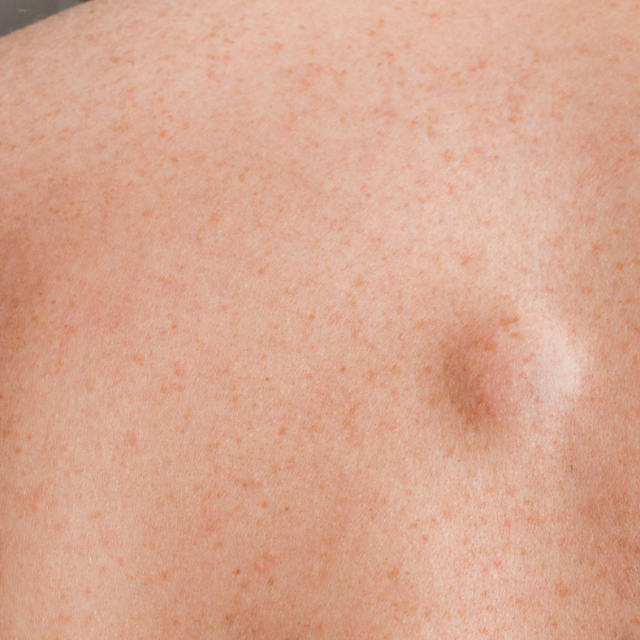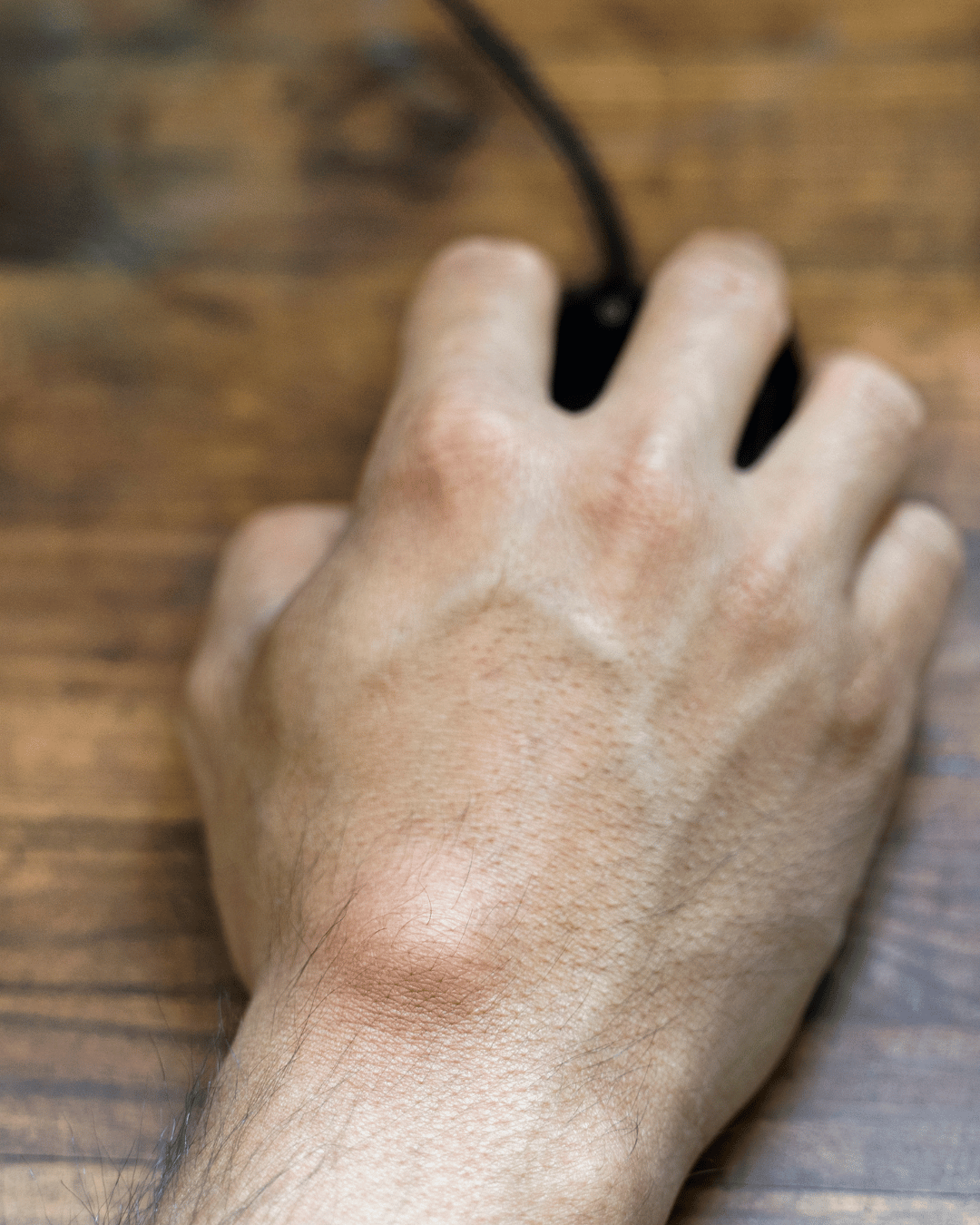
Lipomas are harmless fatty lumps under the skin, but many people choose to remove them for comfort or cosmetic reasons. At SRGN Clinic, we offer safe, minor surgery under local anaesthetic to remove lipomas with minimal scarring.

At SRGN Clinic, we provide expert lipoma removal using safe, minor surgical techniques performed under local anaesthesia. Lipomas are benign (non-cancerous) fatty lumps that can develop anywhere on the body. Although harmless, many people choose to have them removed for cosmetic reasons or because they cause discomfort. Our experienced team ensures precise removal with minimal scarring, tailored to your skin type and individual needs.
A lipoma is a soft, fatty growth that forms beneath the skin. These lumps are usually slow-growing, painless, and movable under the skin when touched. Lipomas are most often found on the shoulders, back, arms, thighs, and neck, although they can appear on other parts of the body.
While lipomas do not pose a health risk, they can become bothersome if they increase in size, cause pressure, or affect your confidence. At SRGN Clinic, we assess each case individually and provide a treatment plan designed to remove the lipoma safely and effectively.
Our team is experienced in removing lipomas from almost all areas of the body, including:
We do not treat lipomas located in intimate or genital areas, as these require referral to a specialist.

Lipoma removal is a minor surgical procedure that we carry out in our clinic under local anaesthesia. The process is quick, straightforward, and designed to keep you comfortable throughout.
The procedure involves:
The procedure typically takes between 30 and 60 minutes, depending on the size and location of the lipoma. After removal, you can usually return to normal activities within a day or two, with some aftercare instructions to support healing.
We welcome patients of all skin types at SRGN Clinic. During your consultation, we will assess your skin’s healing potential, including any risk factors for keloid or hypertrophic scarring. This allows us to tailor your surgical plan, taking precautions where needed to minimise scarring, particularly if you have a history of keloid formation.
Our careful surgical technique and aftercare advice are designed to support the best possible aesthetic outcome for your skin type.
Choosing SRGN Clinic for your lipoma removal means you benefit from:
In most cases, the NHS only covers lipoma removal if the lump is painful, restricts movement, or causes medical issues. Cosmetic removal is not typically funded.
Lipomas are harmless, so removal isn’t medically necessary. Many people choose removal if the lump causes discomfort, restricts movement, or is unsightly.
Private lipoma removal costs can vary, typically starting from around £300 to £600 depending on the size and location of the lipoma.
Lipomas are benign and do not turn into cancer. However, any lump that changes rapidly or feels unusual should be assessed by a medical professional.
If left untreated, a lipoma may stay the same size or gradually grow larger over time. Most cause no harm, but large lipomas can become uncomfortable.
The exact cause of lipomas isn’t fully understood. They may run in families and are thought to occur when fat cells grow in an abnormal way.
Lipomas themselves aren’t a warning sign of disease. However, if you notice a lump that changes quickly or feels firm and fixed, it should be checked by a doctor.
There’s no proven link between diet and lipoma formation, so no specific foods need to be avoided. Lipomas are not caused by eating fatty foods.
There is no reliable evidence that lipomas can be reduced or removed naturally. The only effective treatment is surgical removal.
Surgical removal remains the standard treatment for lipomas. There are no approved non-surgical or new treatments that reliably eliminate lipomas.
No — lipomas do not shrink with weight loss. They are growths of fat cells that remain separate from body fat that changes with diet or exercise.